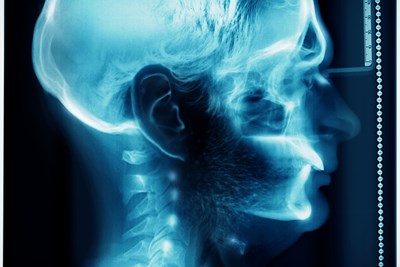Whiplash occurs when the neck is rapidly hyperextended backwards and forwards, pulling muscles too far and causing pain and sometimes headaches. Car accidents are the most common culprit, especially rear-end incidents. However, sports injuries and other trauma may also result in whiplash. While some cases clear up on their own in a few days, others may take months to go away completely, and still others turn into chronic neck trouble. Luckily, there are several ways to handle it.
At-Home Care
Since some cases of whiplash are relatively mild, you may be able to take care of the problem on your own. Take it easy for a few days, so you don’t cause more strain to the area. This doesn’t mean abandoning movement all together, as experts have actually found that keeping the neck totally motionless actually slows the healing process and is more likely to result in a chronic condition. Light neck exercises and stretching can help release the tension and strengthen weak muscles, expediting the healing process. As soon as pain allows, begin a series of hourly exercises: rotate in both directions, tilt your head to each shoulder, bring your chin towards your chest, and roll your shoulders.
Applying heat and cold can also bring relief. Rather than using just one or the other, alternate between using a heating pad on a medium setting and a cold pack; the heat loosens up the muscles, while the cold helps with the pain. Take an anti-inflammatory like ibuprofen or naproxen, which help with pain as well as swollen (inflamed) muscles according to the directions. If things aren’t getting better, it may be time to go to the doctor.
Physician Care
Although your doctor may tell you to keep doing the same things you’ve already been doing, they can provide you with thorough tests to make sure the damage isn’t more severe than you anticipated. Along with a physical exam, your doctor may utilize X-rays to look for fractures in the bone; computerized tomography (CT) to see cross sections of the bone; or magnetic resonance imaging (MRI) to detect damage in soft tissue, like the spinal cord.
Although the days of being restricted to a neck brace until the injury is fully healed are over, some physicians may still recommend occasional use for a few hours at a time, particularly in the first few days of the injury or to ease sleeping. If the pain is severe enough that over-the-counter medication isn’t helping, they may prescribe a painkiller or muscle relaxant, especially if the neck is so sore it interferes with sleep. In some cases, an injection of lidocaine may be necessary to completely numb specific muscles, generally so that physical therapy is possible. Physical therapy is another treatment option your doctor can provide that you don’t get from home, since specialists like this often require a referral.
Alternative Care
Not everyone finds their answers and cures through standard medical care. Chiropractic medicine is especially useful, since chiropractors specialize in manipulating the muscles and bones through specific techniques. A chiropractor may realign the neck and spine, if a vertebrae is out of place from the injury or adjust muscles to release and relax through certain trigger points. Acupuncture is also popular for whiplash, while others find massage is useful for relieving sore muscles. Transcutaneous electrical nerve stimulation (TENS) applies small amount of electricity to the skin, also to relieve pain.
While research suggests some pain relief from all of these, the research is also limited, so it is difficult to say whether or not any of them will work and may largely be effective on a case-by-case basis.



